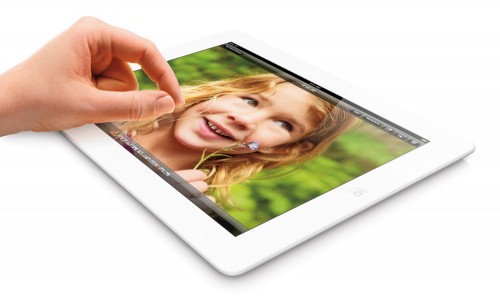Cloud services are a godsend for those who lack space and need the flexibility to transfer their files around. We share your pain of finding a good service that can store lots of your files online, so here are five of those that offer the biggest free storage upon signing up.

There’s an abundance of cloud storage service providers that one can choose from, some of them even provide unlimited amount of storage, but we rounded up a list that can be easily accessed and used by everyone without being waitlisted. List is in ascending order of free storage space.

First on our list is Box, a really good cloud storage service with almost the same features as Dropbox or Copy. It comes with 10GB of free storage upon signing up, but can be bumped up to 50GB if you have signed in using your LG G Series smartphones. Tried it with my G3 Beat, but it didn’t work. Ten gigabytes, nevertheless, is still a huge space to fill up.

If you have a Microsoft Account, OneDrive automatically gives you 15GB of free space. You can use it to sync a lot of the Redmond giant’s services — from apps to Office documents and files to other important Windows 8 functions.

Like OneDrive, Google Drive is basically a part of the internet search giant’s suite of online apps that can be accessed under a Google account. It’s integrated into other services in the Google ecosystem: For example, email attachments more than 25MB are automatically converted into Drive files, and at the same time it give you the option to directly save to your Drive any important files sent by your email contacts.

Copy is another Dropbox clone: it offers desktop sync, as well as server-side AES-256-SHA encryption to keep your uploaded files protected from any harmful online elements.

Rounding up our list, we have Mega, a reincarnation of the old Megaupload filesharing website by known internet magnate Kim DotCom. Mega offers a whooping 50GB of fully encrypted storage space that only the end-user can access , as well as very tight account security measures. A master key is given to the user to safe-keep in case a password is forgotten. If the user also lost the master key, the only option to regain access is to entirely wipe out the cloud account and start anew.
These are just five of the cloud services that offer huge amounts of online storage space, and there are lots of other ones that might fit your preference. Do share with us at the comments section down below.
The post Five Cloud Services with the Biggest Free Storage Space appeared first on YugaTech | Philippines, Tech News & Reviews.

